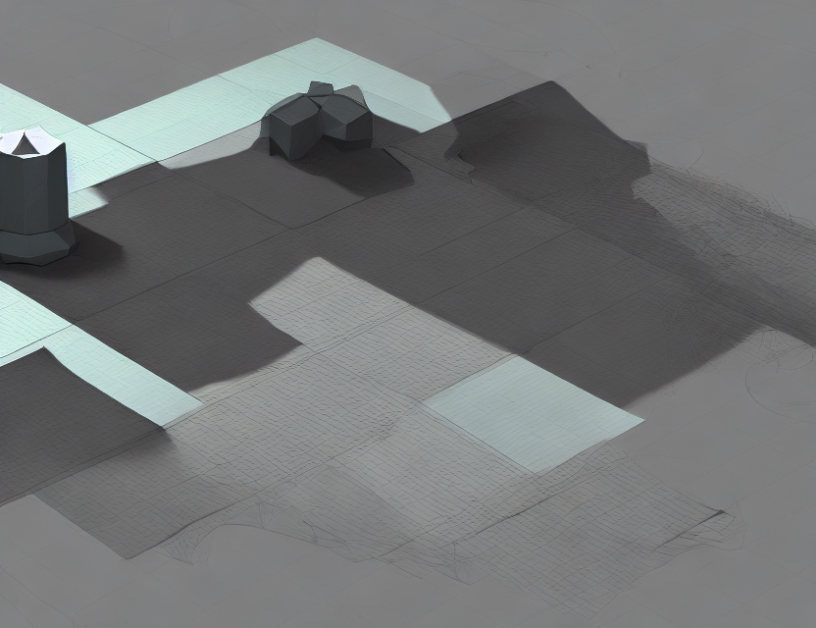Inverse rendering is a technique used in computer graphics to reconstruct the 3D scene from a 2D image. It’s like trying to solve a puzzle where you only have a partial view of the pieces. The goal is to use the available information to rebuild the complete picture. Inverse rendering has applications in various fields, including video games, virtual reality, and architecture.
The article discusses recent advancements in inverse rendering, specifically in the areas of large steps and hemispherical Gaussians. Large steps refer to the use of complex functions to improve the accuracy of the reconstruction. Hemispherical Gaussians are a type of function that can better handle the complexity of real-world scenes.
The authors also explore the use of NeRF, a technique that represents scenes as neural radiance fields for view synthesis. This approach allows for the creation of photorealistic images and videos in a computationally efficient manner.
Finally, the article touches on the importance of measuring the accuracy of inverse rendering algorithms and how it can be done using a variety of methods.
Takeaways
Inverse rendering is a technique used to reconstruct 3D scenes from 2D images. Recent advancements have improved its accuracy and efficiency, making it more relevant in various fields. NeRF represents scenes as neural radiance fields for photorealistic image creation. Accuracy measurements are crucial to evaluating the effectiveness of inverse rendering algorithms.
In simple terms, inverse rendering is like solving a puzzle blindfolded using only partial pieces of information. Recent advancements have made it easier and more accurate, with potential applications in gaming, VR, and architecture. NeRF creates photorealistic images by representing scenes as complex functions, and measuring accuracy helps improve these algorithms.



